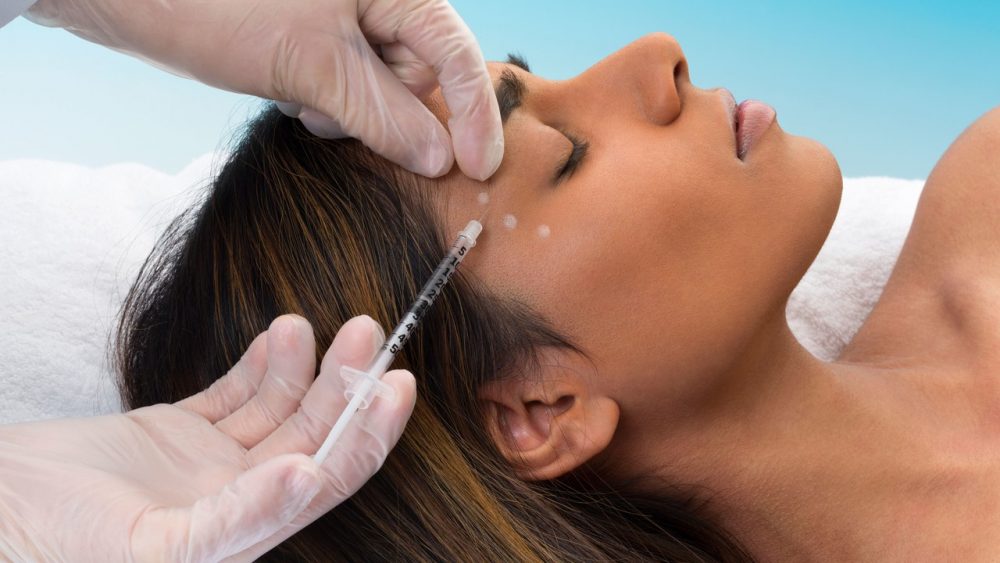Long before it began to be used for aesthetic purposes, Botox, or better known as botulinum toxin, was already used to treat certain pathologies. Some diseases in which this toxin produces beneficial results are:
Treatment of excessive sweating ( hyperhidrosis ) and excessive saliva formation (sialorrhea): in the first case, the Botox manages to reduce the activity of the sweat glands in areas such as the armpits, feet and hands, enough with infiltrating the botulin in these areas so that the effect remains for a period of 7 to 10 months.
Reduction of urinary incontinence in paraplegic people with success in 60% of patients, also usually given to people with overactive bladder .
Visible benefits in the case of focal dystonia that affect a muscle or a group of them, causing involuntary and jerking movements. The most common cases are spasmodic torticollis , tics associated with a rare disease called Tourette Syndrome , blepharospasm or constant and involuntary eyelid movement and is also used in the case of tremor, stiffness and vertebral aliases such as low back pain when patient does not respond adequately to traditional treatments.
Notable improvements in strabismus by injecting Botox into the muscles attached to the eye, thus avoiding surgery, especially in the case of children .
Migraine treatment : Although this application of Botox has caused a lot of controversy and is being studied, its efficacy has been demonstrated in some types of migraine.
Benefits Of BOTOX
Perhaps the main advantage of botulinum toxin in terms of aesthetics is that it is quite effective in reducing the visible signs of aging on the face and neck, without implying, for example, the risk of go through an operating room for surgery as other treatments such as lifting.
As we have seen in the previous section, it also has medical uses that move away from aesthetics and focus on the patient’s well-being, such as in cases of hyperhidrosis or involuntary muscle tic. But do not forget that there are also possible side effects and that most of them are caused by abusing the botox and using this toxin incorrectly.
In this sense, the application of Botox is extremely delicate and its use is not recommended in the lower area of the face or in people with less than 20 years or more than 65. In addition, it should only be carried out by qualified specialists who have precise knowledge, both of the doses and the necessary instruments, as of the human anatomy.
Botox Contraindications
Some of the negative effects that may result from malpractice are, among others, toxin allergy which can cause shortness of breath or hives. Also depending on the area, the following cases may occur: if the Botox is injected into the face it can cause headaches, nausea, inflammation in the area where it has been applied, facial paralysis, eyelid drooping, corneal damage, constant tearing or otherwise, dry eye syndrome .
If botulinum toxin is applied to the neck, loss of sensation in the skin of the area, difficulty swallowing cough, throat irritation or rhinitis may be noticed . If used to treat bladder problems, problems with constipation , sleep disturbance, tiredness and pain when urinating after injection may occur .
Finally, if applied in the underarm area, it can cause hot flashes, small bumps, hair loss , itching or bad smell. All the mentioned effects are infrequent but they must be taken into account before injecting botulinum toxin, these effects usually appear between 12 and 24 hours after the application of the Botox and can last as long as its effect, that is, up to 4 or 6 months. In case you are up to buy botox online, try getting it from the licensed and reputable providers.


